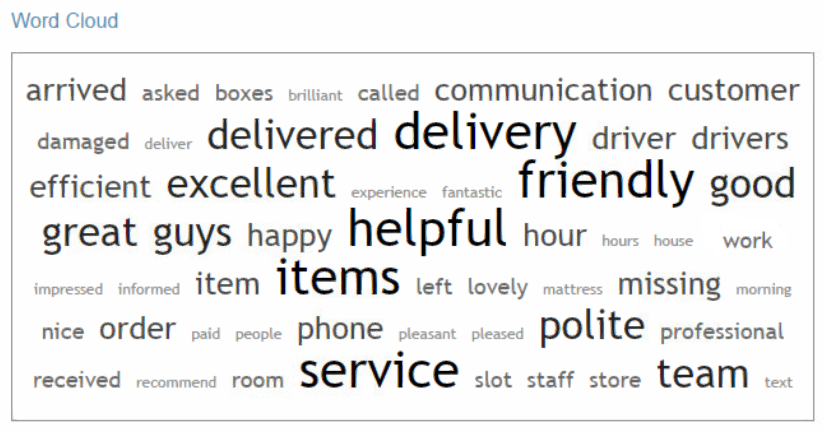Enhancing Survey Data Insights with Text Analysis
Whatever online survey you have created, when you have taken the time to research and carefully construct your questions, you’ll want to gather as much valuable insight from your responses as you can.
While it’s relatively quick and easy to draw conclusions from basic two-point ‘Yes’ or ‘No’ and ‘Unsatisfied’ or ‘Satisfied’ questions, or multiple-choice based questions, it’s not so easy to achieve with open-ended questions, where respondents are encouraged to provide more detailed answers.
Fortunately, there are now tools that can help you with this, with text analysis among some of the best currently available.
What is Text Analysis?
Text analysis is a useful and innovative tool for quantifying and transforming responses to open-ended survey questions into actionable insights.
By running text analysis on survey response data, researchers can comb through open text responses to look for correlations or popular keywords they see among respondents’ comments, which they can either group into categories or display as Word Clouds. 
Having done this, they are then able to build more detailed report findings on their data; and gain more powerful and informative insights as a result.
For more information about text analysis and how you can set it up, you might want to take a look at the helpful guide that we’ve put together.
Instances where Text Analysis can benefit your survey data insights
There are occasions where using text analysis can add real value to your survey.
When you are trying to measure and improve your customer experience (CX): we’ve already discussed in previous pieces – most notably in our ‘Looking beyond Net Promoter Score to measure customer experience’ blog – different strategies and metrics you can employ to better measure and improve your customer experience.
While these are great in enabling you to put a quantifiable figure on your customers’ satisfaction levels and start contextualising their experiences, they still don’t provide you with the fullest picture of how your respondents are feeling, which will allow you to make more decisive improvements to your customer experience.
To gain a deeper level understanding of how customers feel about your product or service, you need to start by giving them the opportunity to write down their feedback.
By including an open text field where they can provide the details and context of their feedback, and then running text analysis on these responses, you can gain granular insights and spot common trends in the experiences that your customers are having.
When you are trying to improve your analysis of “other-specify” type questions: when your survey is well designed respondents should have an appropriate response option available for all your questions.
To achieve this an “other-specify” open text field is often required, to give respondents an extra place to respond if none of the other answer options available apply to them. Within this “other-specify” option field, respondents will also be able to provide contextual explanations of why the other provided options did not apply to them and what they might like to see instead.
For example, if with the survey question below a respondent wasn’t happy with any of the earlier answer options offered, the “other-specify” option field could allow them to elaborate on this and provide details of any additional features they may like to see.

You could now use text analysis to examine all the responses that had been inputted into the “other-specify” text box for this specific question, so you could summarise and report on any common trends you were seeing among the answers. This could then enable you to improve later versions of this survey by populating it with the popular answers you had previously identified from this open-ended question field.
Using Text Analysis to further improve your survey data insights
When you create a survey, you don’t want to be constrained by what type of questions you’re able to use. From matrix, Likert and multiple choice, to dropdown and open-ended questions; a healthy mix of survey questions not only helps you to cover off a lot of issues, but keeps your respondents interested and fully engaged until the end. However, if you’re to get the most value from your survey, you need to ensure you make every single question count including open-ended questions.

Fortunately, with text analysis you’re now able to accomplish this and gather greater insights from open-ended questions that were previously much more challenging to achieve. By incorporating text analysis into your survey strategy, not only will you be able to gain more detailed and valuable insights, but it will also help you to better meet the original survey objectives you set out to achieve.


